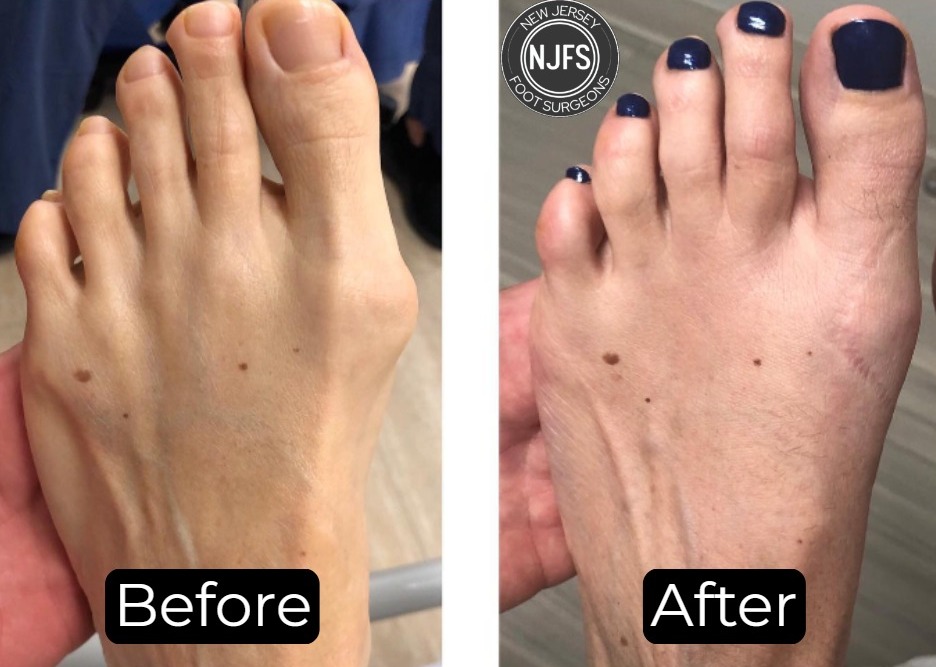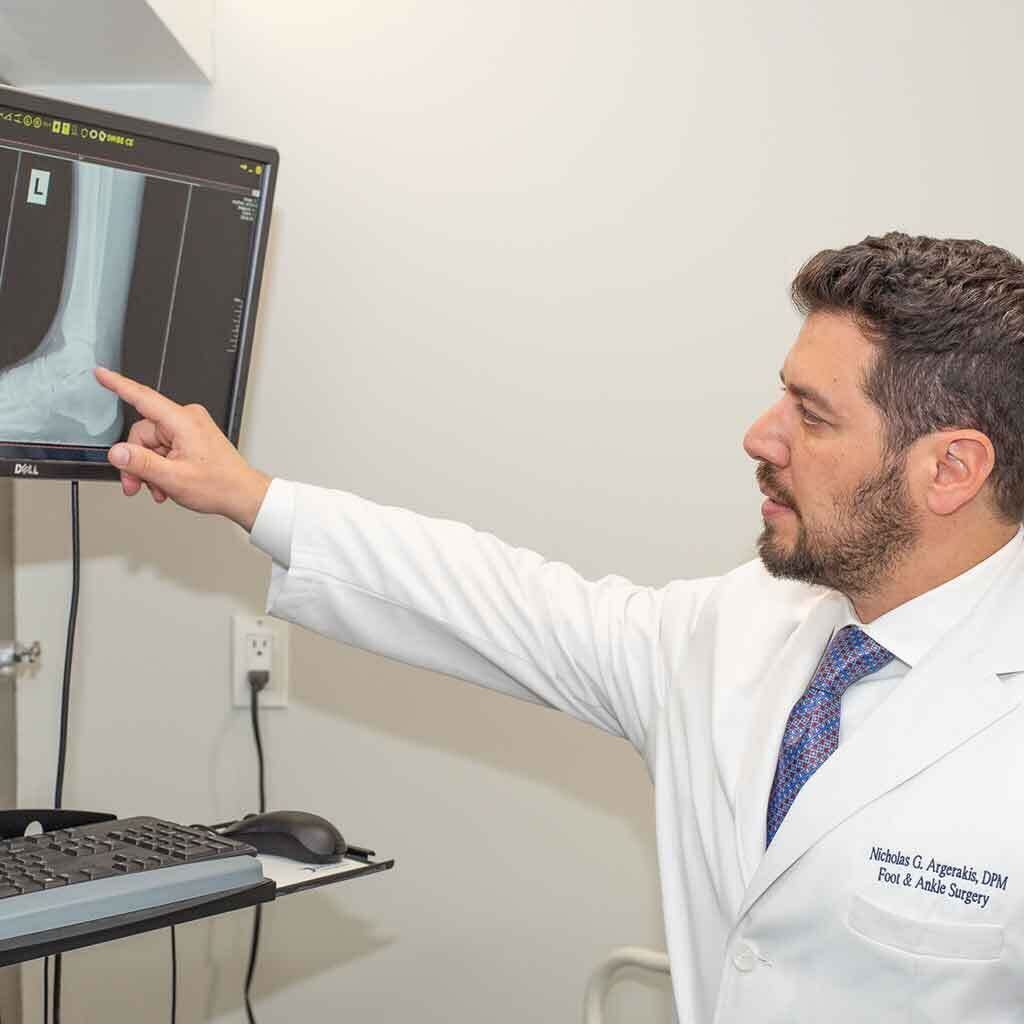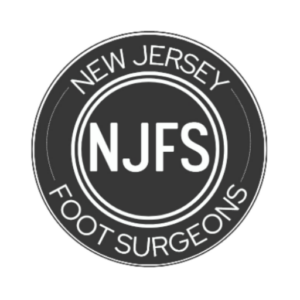Introduction
Overlapping toes can cause discomfort, limit mobility, and make it difficult to find comfortable footwear. When conservative treatments fail to provide relief, minimally invasive bunion surgery can be an effective solution.
Dr. Nick Argerakis, a board-certified foot and ankle surgeon, specializes in advanced techniques to correct deformities and alleviate pain, helping patients regain their mobility and confidence.
Key Takeaways
- Bunions are a painful deformity caused by misalignment of the big toe joint, often worsened by improper footwear or genetics.
- Minimally invasive bunion surgery offers a faster recovery, minimal scarring, and less pain compared to traditional surgery.
- Diagnosis involves a physical exam and X-rays to determine the severity and best treatment approach.
- Non-surgical treatments like proper footwear, orthotics, and physical therapy can help, but severe cases may require surgery.
- Recovery is quicker with minimally invasive techniques, allowing most patients to walk soon after surgery with a special boot.
- Potential risks include infection, nerve damage, or recurrence, though minimally invasive surgery reduces these risks.
- New Jersey Foot Surgeons provides expert care with advanced techniques to ensure the best outcomes for bunion treatment.
Need relief from bunion pain? Call (732)-320-9173 to schedule a consultation.
What is Bunion?
A bunion, also known as hallux valgus, is a painful bump that forms at the base of the big toe. This deformity occurs when the joint at the base of the toe becomes misaligned, causing the toe to angle inward and creating a bump. Not only does this condition cause pain, but it also makes it hard to find comfortable shoes, and it can even affect your ability to move your foot freely. If you’re struggling with bunions, minimally invasive surgery might be the solution you’ve been looking for. This approach allows for a quicker recovery with minimal scarring, helping you get back on your feet faster.
What Causes Bunions?
Bunions are most often caused by wearing shoes that don’t fit properly. High heels, narrow shoes, and shoes with pointed toes all push the toes into unnatural positions, which can lead to bunions. In addition to footwear, your genetics may play a role. Certain health conditions, like arthritis or polio, can also increase your chances of developing bunions. Women are more likely to develop bunions, likely due to the types of shoes they wear.
How Do You Know if You Have a Bunion?
Bunions can cause a number of symptoms, including:
- Pain, especially when walking or wearing shoes
- Swelling and redness at the base of the big toe
- Difficulty moving the big toe
- The big toe leaning toward the second toe
- A visible bump at the base of the big toe
- Calluses or corns where the big toe rubs against the second toe
How Do We Diagnose a Bunion?
At New Jersey Foot Surgeons, diagnosing a bunion begins with a thorough consultation where we take your medical history and assess the severity of the deformity. A physical exam helps us understand the extent of the problem, and in many cases, we use X-rays to get a clearer picture of the bones and joints involved. This allows us to determine the most appropriate treatment for your specific condition.
What Are the Treatment Options for Bunions?
For mild cases, conservative treatments are often effective. This may include wearing shoes with proper support, using custom shoe inserts, or even taping the foot to reduce discomfort. Physical therapy and medications to reduce pain and swelling are also common recommendations. However, if these treatments don’t bring relief, surgery may be necessary to correct the deformity.
One of the best surgical options is minimally invasive bunion surgery, which focuses on realigning the bones with small incisions. This approach leads to less pain, quicker healing, and minimal scarring compared to traditional surgery.
How Does Minimally Invasive Bunion Surgery Work?
Minimally invasive bunion surgery is typically done on an outpatient basis, meaning you can go home the same day. Before the procedure, you’ll be given anesthesia to ensure you’re comfortable. During surgery, the surgeon makes small incisions near the bunion and uses specialized tools to cut and realign the bone. The bones are then held in place with screws or pins. Once the realignment is complete, the incisions are closed, and you’ll be given a soft dressing.
The whole procedure usually takes around 60 to 90 minutes. Most patients feel only mild discomfort afterward and can walk with a special shoe or boot. After the procedure, we’ll give you clear instructions for at-home care to ensure a smooth recovery.

What Is Recovery Like After Minimally Invasive Bunion Surgery?
The recovery process is generally faster than traditional surgery, but it still requires rest and care. You might need to wear special shoes for a few weeks to protect your foot. While some pain and swelling are normal, most patients can return to light activities within a few days to a week.
We’ll give you instructions on how to take care of your foot after surgery, and you’ll need to follow up with us to make sure everything is healing well. In most cases, patients can go back to work and normal activities fairly quickly.
What Are the Risks of Bunion Surgery?
Like all surgeries, there are some risks. The most common include:
- Infection
- Nerve damage
- Recurrence of the bunion
- Ongoing pain
In rare cases, a second surgery may be necessary if any complications arise. However, because minimally invasive surgery involves smaller cuts and less disruption to the tissues, the risks are lower than with traditional methods.
What About Traditional Bunion Surgery?
For more severe cases, traditional osteotomy surgery may still be the best option. Osteotomy involves making cuts in the bone to realign the joint. There are several types of osteotomy, including:
- Akin Osteotomy: A wedge of bone is removed from the big toe, and the toe is realigned.
- Chevron Osteotomy: A V-shaped cut is made in the metatarsal bone to reposition the toe.
- Scarf Osteotomy: The first metatarsal bone is cut in a Z-shape to correct the deformity.
The right procedure depends on the severity of your bunion and your doctor’s recommendation.

Patient Success Stories:
“Dr. Nick is the BEST!!! He was a referral from another Dr., and I couldn’t have been happier. His bedside manner is not only terrific, but he walked me through every option before he performed surgery on my feet. It was my first and I would recommend him to anyone. Not only did the surgery go better than expected but his follow-up post-surgery never left a doubt in my mind that it was the right choice, and he was the perfect surgeon to perform it.” – Brett Oppenheim
“Dr. Nick is a welcoming and compassionate podiatrist who listens to what you have to say about your foot ailment. When he has confirmed your condition, he explains thoroughly what can be done. He answers any questions you may have in a detailed manner and makes it easy to make a decision on the next step you may have to take.” – Marisol Quinones

How Should You Care for Your Foot After Surgery?
After your surgery, it’s important to follow your doctor’s instructions closely to ensure the best possible recovery. Some of the key aftercare steps include:
- Keeping your foot clean and dry
- Avoiding putting weight on the foot and using crutches or a boot
- Elevating the foot to reduce swelling
- Participating in physical therapy to restore strength and movement
Eating a healthy diet and quitting smoking can also help speed up the healing process.
Why Choose New Jersey Foot Surgeons for Bunion Surgery?
If you’re dealing with bunions and looking for a solution, our team at New Jersey Foot Surgeons is here to help. We offer both conservative treatments and advanced surgical options, including minimally invasive surgery. We’ll work with you to find the right treatment to relieve your pain and help you get back to your normal life.
To learn more or schedule an appointment, call us at (732)-320-9173. Let us help you take the next step toward healthier feet!


